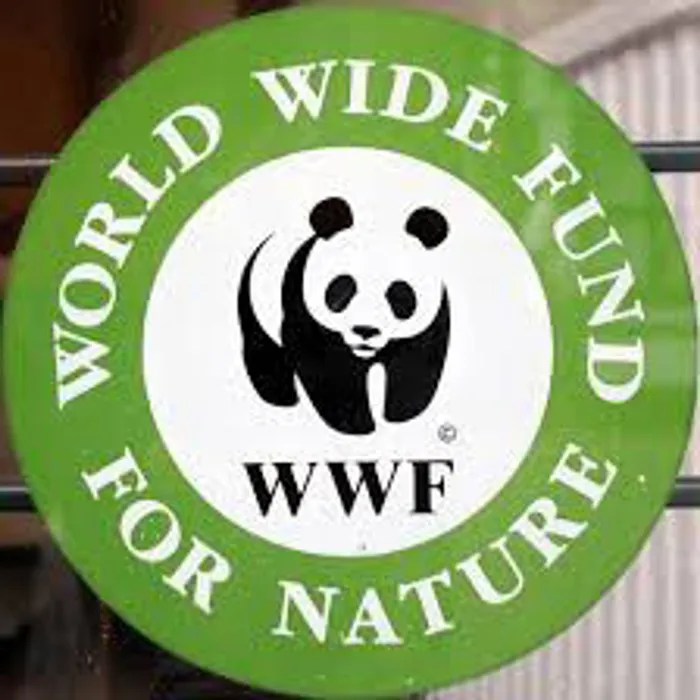Warning: rapid decline in plant and animal species

Melanie Gosling
Environment Writer
ONE in six species is at risk of extinction because of global climate change, according to a report released by the World Wide Fund for Nature (WWF).
And although humans are the cause of climate change, they will also be its victims.
In the run-up to the UN climate talks that begin in Paris on November 30, WWF said the Earth was experiencing a significant and very rapid decline in plants and animal species.
Of the over 10 000 populations of fish, birds, mammals, reptiles and amphibians that are monitored, most had declined substantially between 1970 and 2010. While this decline was the result of a range of human activities, global climate change was making it worse.
The most recent intergovernmental Panel on Climate Change (IPCC) said: “In concrete terms, because this is happening so quickly, many plants and animals do not have time to adapt. The situation is made worse because many species that are already threatened, live in regions that are profoundly affected by climatic disturbances.”
While some may question why they should be concerned about animals such as tigers, polar bears, elephants or rhino becoming extinct, WWF said this highlighted a lack of understanding of the role played by biodiversity in supporting life. “Behind the disappearance of these iconic species, lie drastic changes to their environments.”
The charismatic species threatened with extinction also include the giant panda, Sumatra orang utan, the blue whale, the green turtle and the African elephant.
Elephants were already threatened by poaching for ivory, by increasing conflict between people wanting to expand agricultural land and by the loss of habitat through farming, dams, roads, mines and other infrastructure.
Climate change will make this worse. The IPCC report found that arid and semi-arid land in Africa would increase by between 5 and 8 percent by 2080, and the frequency and intensity of droughts would increase. This would mean changes in vegetation and water flow, and volumes and increased competition between humans and wildlife for scarce resources.
“Although elephants have considerable capacity for adaptation, no one knows if these will be sufficient to cope with the scale of the changes.”
People are also in for a hard time from climate change, particularly regarding having enough clean drinking water and sufficient food. Changing climate is also the cause of people migrating – “at the root of tensions and conflicts throughout the world”.
There has already been an increase in natural disasters such as heatwaves, extreme flooding, more violent cyclones, landslides and fires. Changes in rainfall and temperature would expand the areas at risk from diseases such as malaria.
melanie.gosling@inl.co.za